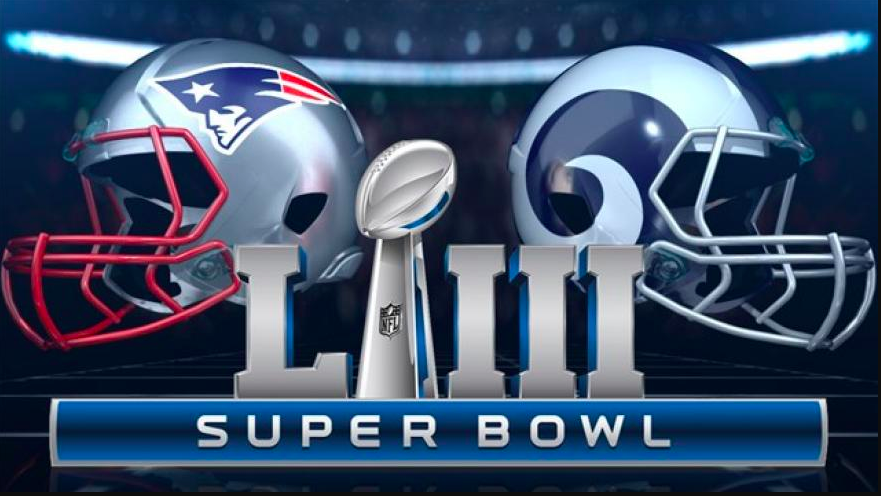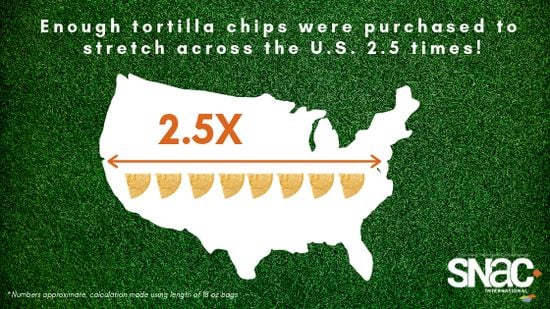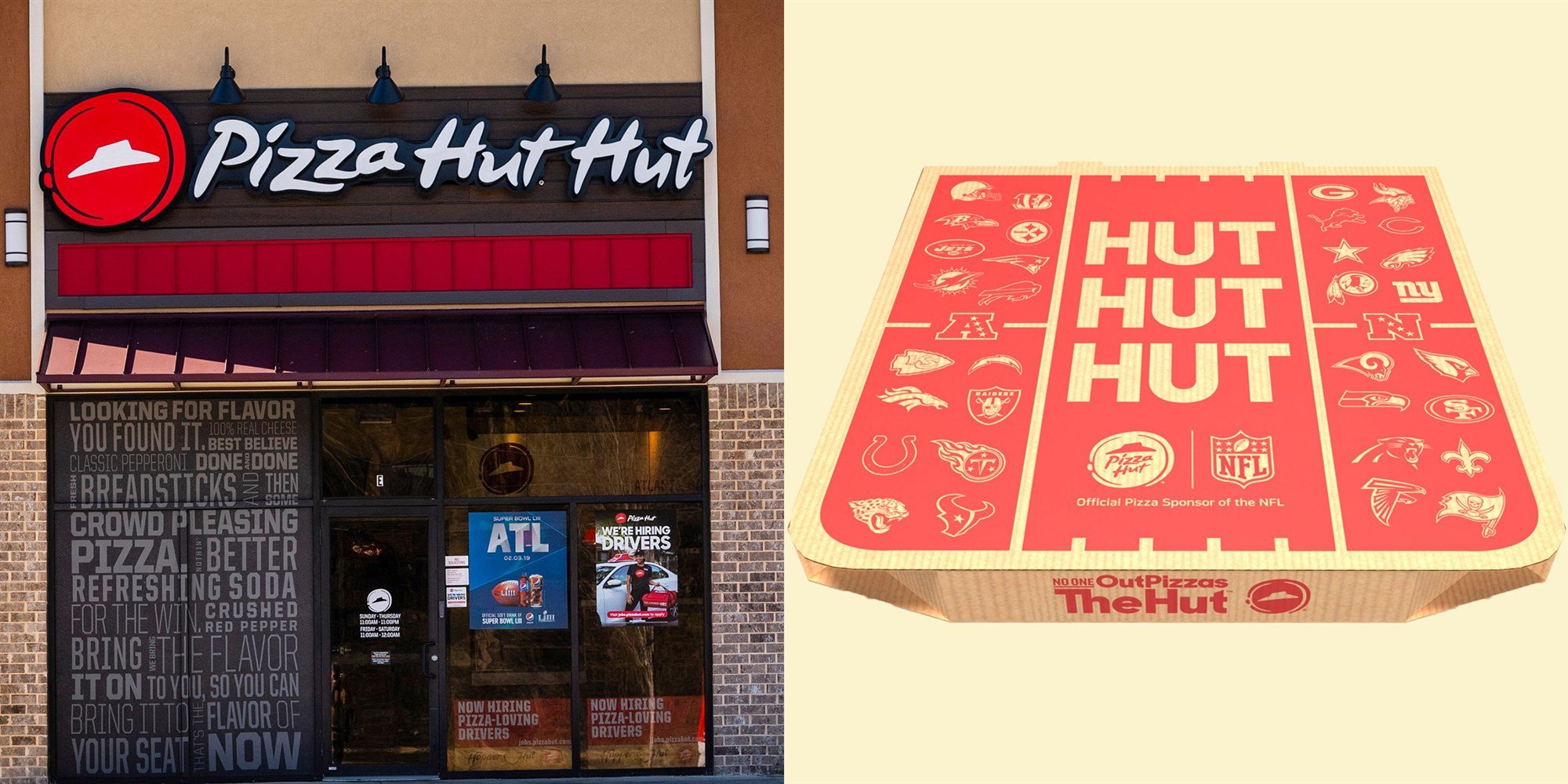
On Sunday, February 3, 2019, over 180 million Americans will tune in to watch Super Bowl LIII. While the National Football League Championship game between the Los Angeles Rams and the New England Patriots certainly promises to be interesting, for most people, the day provides an excuse to host parties, mingle with friends and family, and indulge in foods they would usually avoid, or at least not consume with such abandon. It is, therefore, not surprising that Super Bowl Sunday ranks as one of the country’s biggest food consumption days — second only to Thanksgiving.

The eating will begin long before the Patriots and Rams arrive at the Mercedes-Benz Stadium in Atlanta, Georgia and continue hours after the championship has been won. In past years, Americans have crunched their way through 11.2 million pounds of potato chips, 8.2 million pounds of tortilla chips (accompanied by guacamole made from 79 million avocados), 3.8 million pounds of popcorn, and 3 million pounds of nuts — all before kick-off!
During the game, partygoers turn to heartier foods like pizza. The world’s largest chain, Pizza Hut, expects to deliver 1.5 million pies on this day, while Domino’s estimates selling 13 million slices – enough to stretch across 5,000 football fields! To celebrate its first year as the “Official Pizza of the Super Bowl,” Pizza Hut is also temporarily changing the name of one Atlanta store to “Pizza Hut Hut.” For those not familiar with football jargon, the extra “Hut” is a reference to “hut, hut, hike!” — the words commonly spoken by footballers before most plays to signify that their team needs to be ready.

Chicken wings are also extremely popular on Super Bowl Sunday. The National Chicken Council estimates that in 2019, Americans will consume an all-time high of 1.38 billion wings, up 2% from 2018, or about four wings for every man, woman, and child in the United States. If laid end to end, the wings would stretch back and forth 28 times from Massachusetts' Gillette Stadium to the Los Angeles Memorial Coliseum, the home fields of this year’s two Super Bowl teams. Other favorites include ribs (10 million pounds), bacon (12.5 million pounds), hamburgers (14 million), foot-long subs, and hot dogs. To wash down the food, party attendees will drink millions of gallons of both alcoholic and non-alcoholic drinks. A 2018 Nielsen report revealed that in the two weeks leading up to the Super Bowl, consumers spent over $2 billion on beverages.
The National Retail Foundation estimates that in 2019, Super Bowl revelers will spend an average of $81.30, only slightly short of the record $82.19 spent per person in 2016. The money will go towards the purchase of food, drinks, decorations, jerseys, and, in some cases, even new televisions. While the $14.8 billion overall expected national spend is slightly lower than 2018’s $15.3 billion, because fewer people plan to watch the game this year, it still ranks as the third-highest in the survey’s 13-year history.

The reckless junk food consumption is not without consequences. Data released by convenience store chain 7-Eleven indicates that antacid sales increase by 20% the Monday following the big game. If that is not bad enough, a 2018 workplace survey found that almost 14 million people planned to skip work on what is often called “Super Sick Monday.” It is no wonder that football fans have been urging the country's legislators to declare it a holiday for many years. Unfortunately, the pleas have thus far fallen on deaf ears!
Happy Super Bowl Sunday!
Go Patriots! Go Rams!
Resources: huffingtonpost.com supermarketnews.com, forbes.com, wikipedia.org, NFL.com,NRF.com
